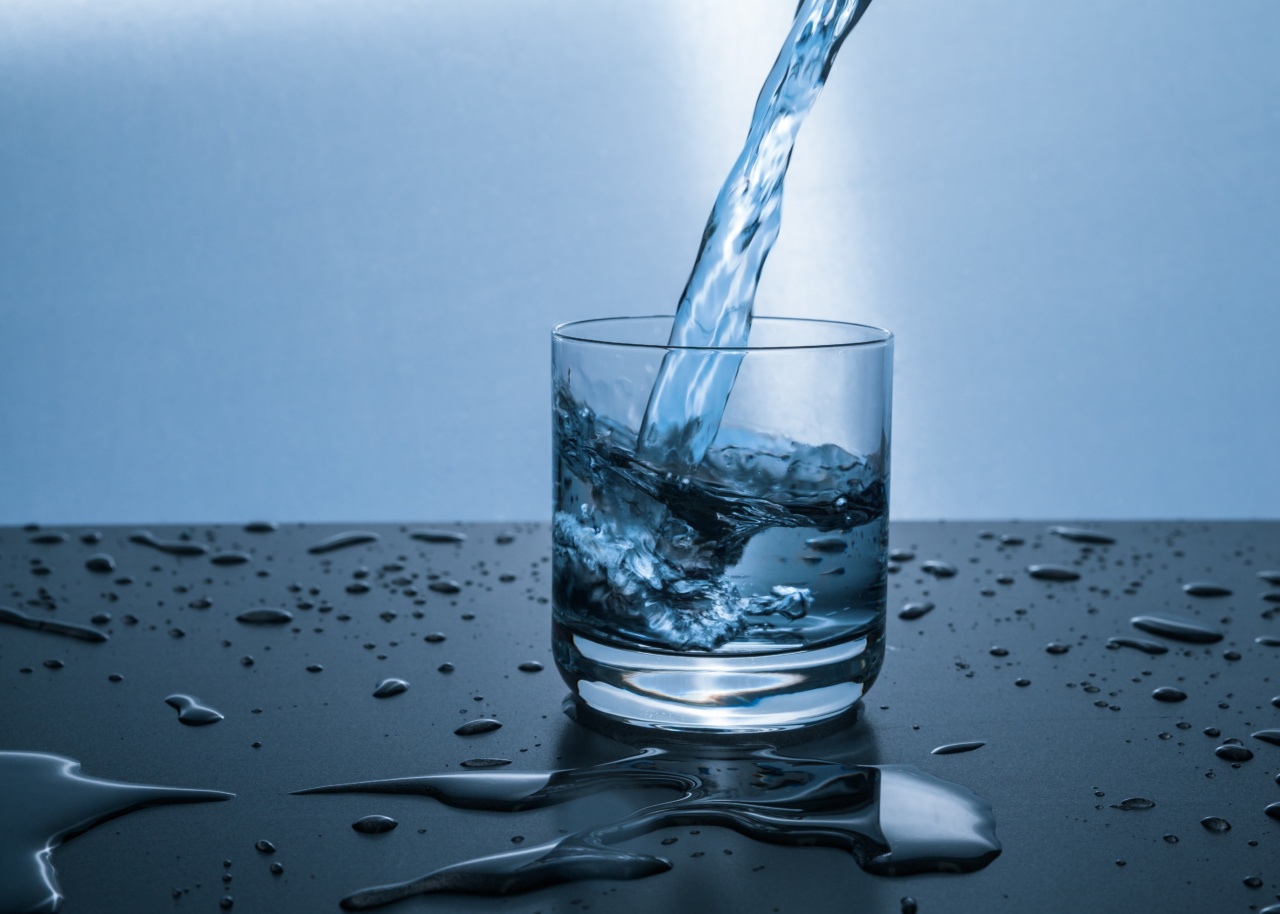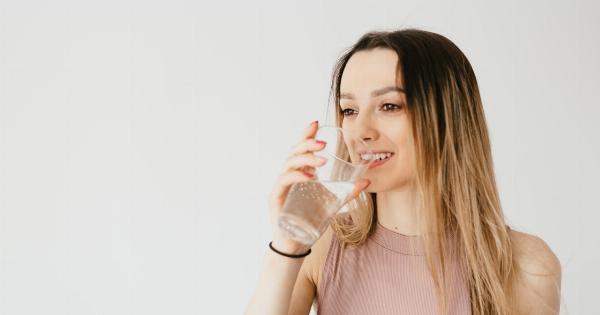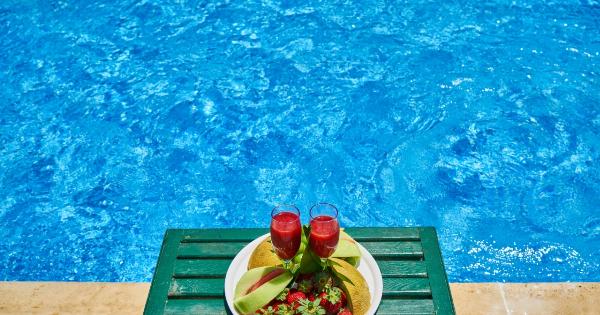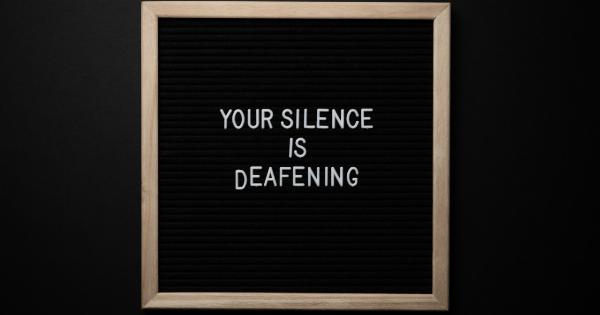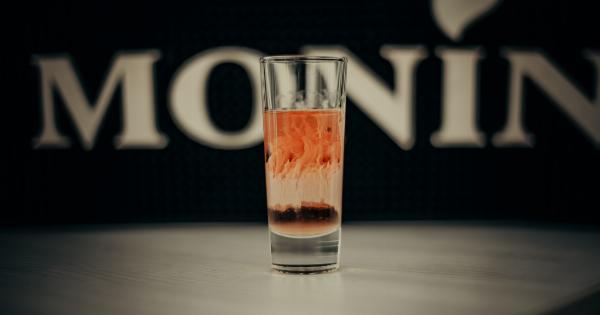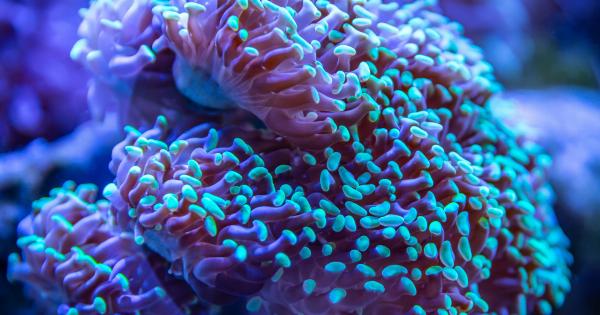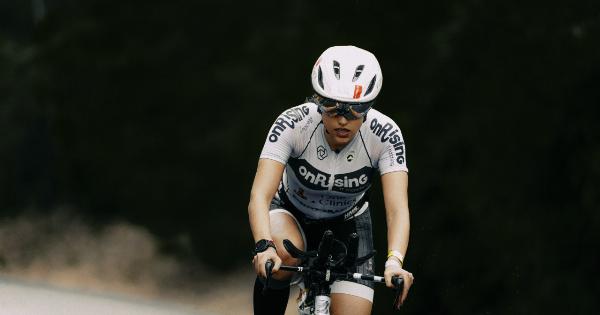Staying hydrated is essential for maintaining a healthy body. However, there are many misconceptions surrounding hydration that could lead to improper hydration practices.
In this article, we debunk six common hydration myths to help you understand the truth about staying hydrated.
Myth 1: You Only Need to Drink Water When You’re Thirsty
Many people believe that they should only drink water when they feel thirsty. However, relying on thirst alone may not be sufficient. Thirst is a signal that your body is already dehydrated to some extent.
It’s important to establish a regular drinking routine and consume water throughout the day, even if you don’t feel thirsty.
Myth 2: All Fluids Are Created Equal
While water should be your primary choice of hydration, not all fluids have the same hydrating effects. Some beverages like soda, alcohol, and caffeinated drinks can actually lead to further dehydration.
These drinks have diuretic properties, which increase urine production and therefore decrease hydration levels. Stick to water as your main source of hydration.
Myth 3: Eight Glasses of Water a Day is a Must
You may have heard the rule of thumb that you need to drink eight glasses of water a day to stay properly hydrated. However, the amount of water you need varies from person to person.
Factors such as age, weight, activity level, and climate can affect your hydration needs. It’s more important to listen to your body’s signals and drink when you feel thirsty.
Myth 4: Clear Urine Means You’re Well Hydrated
Many people believe that clear urine is a sign of proper hydration. While clear urine can indicate good hydration, it’s not the only measure of your body’s hydration status.
Urine color can be influenced by the foods you eat, medications you take, and other factors. It’s essential to consider other signs of hydration, such as overall thirst and the color of your skin.
Myth 5: You Can’t Overhydrate
While it’s crucial to stay hydrated, it is possible to overhydrate. Drinking excessive amounts of water can lead to a condition called hyponatremia, which dilutes the electrolyte levels in your blood.
This can be particularly dangerous for athletes who sweat a lot. It’s important to strike a balance and consume water in moderation.
Myth 6: Sports Drinks are Necessary for Rehydration
Advertising often promotes sports drinks as essential for proper rehydration, especially after intense physical activity. While sports drinks can be beneficial in some cases, they are often high in sugar and unnecessary for most individuals.
Unless you are engaging in long-duration activities or vigorous exercise, water alone is usually sufficient to replenish lost fluids.
The Importance of Proper Hydration
Proper hydration is crucial for maintaining overall health and well-being. Water plays a vital role in various bodily functions, including regulating body temperature, transporting nutrients, and aiding digestion.
Dehydration can lead to fatigue, headaches, dizziness, and reduced cognitive function. It’s essential to debunk these hydration myths and adopt healthy hydration practices.
Tips for Staying Properly Hydrated
Now that we have debunked some of the common hydration myths, let’s discuss some tips for staying adequately hydrated:.
1. Carry a Water Bottle
Keep a reusable water bottle with you at all times, whether you’re at work, running errands, or exercising. Having water readily available will remind you to drink throughout the day.
2. Set Reminders
If you often forget to drink water, set reminders on your phone or computer to prompt you to take a sip. This can help establish a regular drinking routine.
3. Drink Before You Feel Thirsty
As mentioned earlier, relying on thirst alone may not be sufficient. Make it a habit to drink water even before you feel thirsty to ensure your body stays properly hydrated at all times.
4. Eat Hydrating Foods
In addition to drinking water, you can also increase your hydration levels by consuming foods with high water content. Fruits and vegetables like watermelon, cucumber, oranges, and strawberries are excellent choices.
5. Avoid Excessive Caffeine and Alcohol
As mentioned earlier, caffeinated drinks and alcohol can contribute to dehydration. Limit your intake of these beverages and make sure to drink water alongside them to offset the dehydrating effects.
6. Monitor Your Urine Color
While urine color alone is not a foolproof hydration indicator, it can still provide some insights. Aim for a pale yellow color, similar to the shade of straw, which usually indicates sufficient hydration.
7. Consider Your Activity Level
If you engage in strenuous physical activity or exercise regularly, you may need to increase your water intake to compensate for the fluid loss through sweat. Listen to your body and drink accordingly.
8. Be Mindful of the Weather
Hot and humid weather can cause you to sweat more and lose fluids quickly. Stay vigilant about proper hydration during these conditions, ensuring you drink more water to avoid dehydration.
9. Opt for Water Over Sports Drinks
Unless you are engaging in intense, prolonged physical activity, you generally don’t need sports drinks. Stick to water as your primary source of hydration, as it is the most effective and natural way to stay hydrated.
10. Monitor Your Hydration During Illness
During illness, such as fever, vomiting, or diarrhea, your body can quickly become dehydrated. Increase your fluid intake during these periods to maintain hydration levels and aid in recovery.
Conclusion
Proper hydration is essential for maintaining a healthy body and ensuring optimal bodily functions. By debunking these common hydration myths and adopting healthy hydration practices, you can better understand how to stay properly hydrated.
Remember to drink water regularly, eat hydrating foods, and listen to your body’s signals for thirst. Stay hydrated and reap the numerous benefits that come with it!.
